How “Gratitude Photography” Shapes Spiritual Perception.
I surprised myself a while back. Near the end of my monthly conversation with
my spiritual director, I said, “This gives me hope that I can become poor and simple.” I am still unpacking that statement.
The genesis of the statement, I believe, began several years ago – during a difficult time of letting go of home, property and career. My pursuits since then – contemplation, some reading into the mystics, and the creation of a spiritual discipline I call ”gratitude photography’ – have led to this insight. It is about the liberation of letting go and the gratefulness of being.
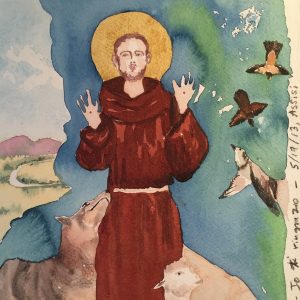 For me, Francis of Assisi is one of the most evocative models of poverty. So, I’ll begin explaining the concept of living without attachment by quoting a little from The Mercy Blog, which explains:
For me, Francis of Assisi is one of the most evocative models of poverty. So, I’ll begin explaining the concept of living without attachment by quoting a little from The Mercy Blog, which explains:
…People usually translate the Latin phrase sine proprio as “without property”, or “poverty”. But as Francis of Assisi used it, perhaps a better translation would be “without possessing”.
Other sources, including references to the Giotto fresco of the same name (which graces the basilica in Assisi built to honor Francis), translate that phrase as “living without grasping.”
I am careful to distinguish this idea of living without grasping from voluntary material poverty as a spiritual practice; and, from the grinding involuntary poverty that oppresses millions. I write not to recommend a particular spiritual practice or path; nor to promote political, financial and social change, as necessary as that seems to me and perhaps to you.
Rather, I write to reflect on my own journey, thus far, with the practice of living without grasping, as an interior condition of heart and mind. I come to this writing with a beginner’s enthusiasm and naiveté; with hope and with ignorance. This is what I know now, having been on the way for only a little while.
“Take nothing for the journey.”
In an attempt to trace a through-line in my own journey from “back then” to now, I can see one of my own significant choices, birthed from a major job loss – a career-first, and a life-changer – in June 2012
Having been gifted with a significant severance, I had the luxury of time to
contemplate not merely my next job, but also the shape of my life to come. I was encouraged to imagine, to dream, to listen to my deeper longings. In a matter of months, clarity came. Another 9-5 routine was not my goal, although I was unsure what might replace that. Time, freedom and meaning seemed of primary importance.
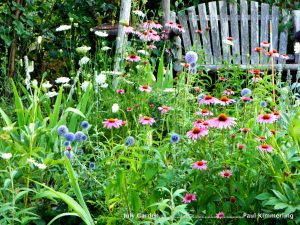
Paul Kimmerling
The next step – sell my little weekend cottage so that my financial responsibilities would reflect my new situation. I could not very well pursue a new life without a steady paycheck and still hold firmly to the house. With a studio apartment as my primary residence, this seemed a luxury problem to have. Nonetheless, it provoked significant grief.
For 12 years, the cottage was my haven – a purchase I made a few years after coming out and divorcing my wife. It eventually supported my growth in early 12-step recovery and my participation in a spiritual community. Its surroundings were no less important – set against the trees, with star-specked night-sky views, and a glorious garden that I cobbled together over time.
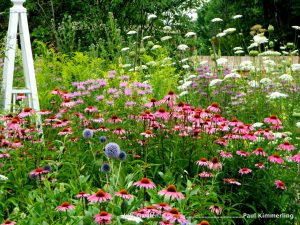
Paul Kimmerling
The garden and I fostered hope and beauty. We nurtured each other. The garden was my delight. And, it was the subject of endless photographs. I was never at a loss to find something of beauty or curiosity in those 800 square feet.
As I prepared to sell the house, and share that news with others, I leaned on a well-known New Testament exhortation: “Take nothing for the journey.” Coincidentally, this was key for St. Francis and his early companions and would become a cornerstone of their rule of life. To some degree, this quote served as a badge of honor, but also as a way to frame my decision within a larger frame. The text was also a reminder of my new intention and focus.
“We don’t see things as they are; we see them as we are”. Anaïs Nin
It seems profoundly true to me that grief is blinding. After selling the house, and living without my garden, I felt bereft of beauty. But was that true? If so, then I was doomed to a dreary existence. Knowing that the search for beauty had sustained me in past troubles, I set myself, and my camera, a challenge – to find beauty everywhere.
This kind of “living without grasping” helped me release my narrow notions of beauty, and where it could be found. I was willing to see things as they were, allowing them to have their own kind of beauty.
A few years into this experiment, I declare this kind of poverty to be liberating.
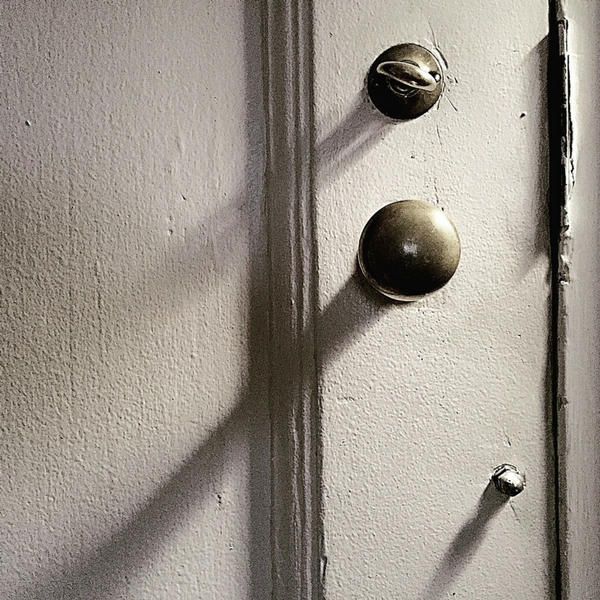
Kimmerling
It is a method of self-emptying. When my identity, expectations and attention are less bound by my ego needs, my opinions and prejudices, then the world is full of possibilities when I look through the lens. So many things are beautiful, interesting, worthy in some way. It becomes hard to stop looking.
I take a daily “gratitude picture” as spiritual practice and proof-of-concept. How so? For one, the day’s picture is often taken within my 400+ square foot studio apartment. What on earth could I find, day after day, that would be photo-worthy? (I invite you to review my results, posted on Instagram (pkimmerlingphotography; #morningpic). On most days, the process embodies many of the attributes that various spiritual traditions claim – patience, hope, trust, and an open presence to the world.
“Be still with yourself until the object of your attention affirms your presence.”
This quote, from photographer Minor White, is very powerful for me. In stillness, the photographic process can seem reciprocal – what I am looking at, or for, will “affirm my presence”—almost as a cat that will come to rest in my lap once I have quieted. And, dare I say, this implies a relationship between my photographic subject and me. That, in fact, I am not in complete control; my subject has it’s own agency, and grants me an audience once I am fully present to it. “I see you”, I may say to my subject. When my subject says “I see you, too”, picture-making becomes a relational exchange.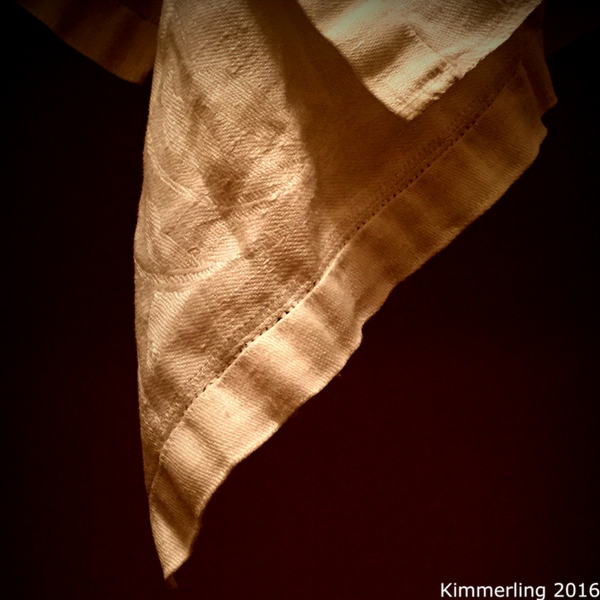
It may be useful to draw a parallel with human relationships. When you know you have my undivided attention, you may reveal yourself more fully to me. Such a revelation cannot be coerced; you must sense my readiness to receive.
This relationship, between my subject and me, may start when something – for instance, the play of light – captures my attention. Or, when I open a drawer, or look down the hall. Or simply sit. Both my inner quiet and my curiosity facilitate this process. Sometimes, I feel literally compelled to consider something, as if it needs to be seen. That something may indeed be my final subject, or serve as a stopping point along the way.
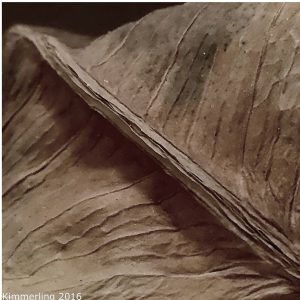 I’ve also found that expectations can be the enemy of delight, disturbing my inner stillness. According to my understanding of Buddhist teaching, attachment is the basis of suffering – attachment to outcomes; how things should be, etc. In other words, when I grasp firmly onto expectations, my vision clouds. But, when I find myself in situations that are not what I hope for – or when I am simply impatient – I can choose to be open to see what is in front of me. This is one of the foundational elements of Buddhist mindfulness practice.
I’ve also found that expectations can be the enemy of delight, disturbing my inner stillness. According to my understanding of Buddhist teaching, attachment is the basis of suffering – attachment to outcomes; how things should be, etc. In other words, when I grasp firmly onto expectations, my vision clouds. But, when I find myself in situations that are not what I hope for – or when I am simply impatient – I can choose to be open to see what is in front of me. This is one of the foundational elements of Buddhist mindfulness practice.
At its best, my daily exercise allows me to be in relationship with my subject. It becomes photography without grasping; photography as an open exchange between my subject and myself. It can feel like a reverential act.
“Therefore, stay awake…”
As I reflect on my recent work with photography, and the surrender of my house before that, I recall that other significant surrenders have laid this groundwork. It became evident to me as I pondered this passage, read aloud one night at mid-week prayer:
Therefore, stay awake, for you do not know on what day your Lord is coming. But know this that if the master of the house had known in what part of the night the thief was coming, he would have stayed awake and would not have let his house be broken into. Matthew 24: 42-44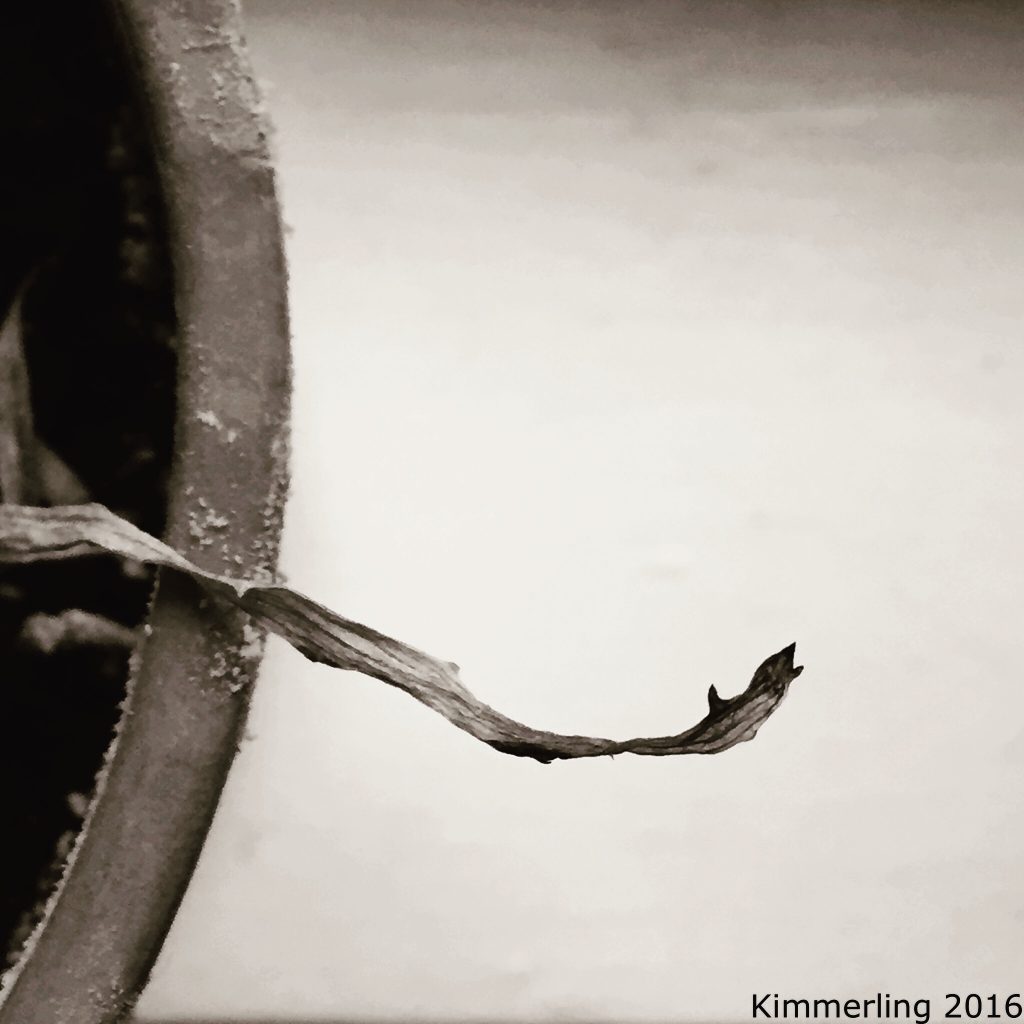
On a literal level, I understand the urge to protect and defend one’s home – one’s
family, especially the elderly and the young. If thievery is most successful when unsuspected, then constant vigilance is paramount. But if our spiritual goal is to be Awake, against what invasion do we stand guard? Perhaps things I hold dear must be removed to facilitate my spiritual growth?
I realize now that I have had quite a history of reluctance, and perhaps fear, about a personal kind of in-breaking – that of Truth and Wisdom – which challenged cherished assumptions, ways of being, or harmful habits that I had jealously grasped onto and nurtured. An in-breaking was most needed, yet most resisted or undervalued, especially when I firmly believed that my best thinking had gotten me so very far. But the cost of that journey–its treacherous twists and turns, and its unsavory roadside attractions–were not fully obvious to me then. They are now, as I look back through sober eyes.
The road behind me is littered with things I had finally jettisoned, but had held 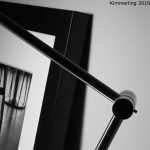 close, sometimes long past the “use by” date. In those days, I was known for my tenacious grip. And, the holding-on was more costly than the letting go.
close, sometimes long past the “use by” date. In those days, I was known for my tenacious grip. And, the holding-on was more costly than the letting go.
One of my favorite healing stories of the Christian testament is that of Bartimaeus, the blind beggar. It contains a powerful question, spoken by Jesus: “What do you want me to do for you?”
How often do I ask for things for which I am not quite ready? I don’t mean because I am sick of my suffering. Rather, I am not ready because I am unaware of what I must give up – like my attachment to my own disease, which can very much define me – in order to be well. How compelling and all-defining to have an identity rooted in disease. How comforting, in a way, to know who we are, even if it’s through disease. One day, more than 13 years ago, I loosened my grasp on disease as identity. And, slowly, I became open to the in-breaking of Truth, and of Life.
Buddha was once asked, “What are you?” He replied: “I am awake.” From my experience, wakefulness is the beginning as well as the path. It allows me to recognize when I am grasping; to sense the moment my fingers begin to clench. Wakefulness facilitates choice – in this case, the choice to loosen my grip. So, that with open hands, I can participate in the glorious exchange of life.


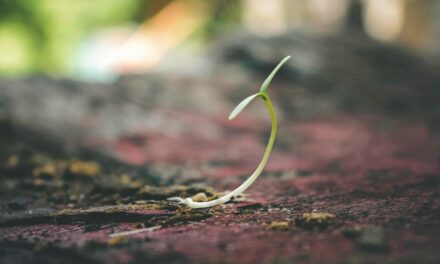
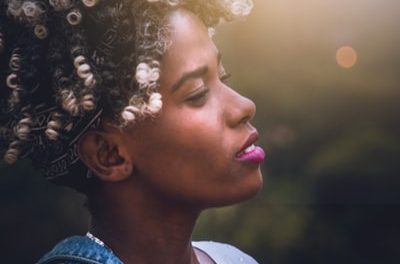
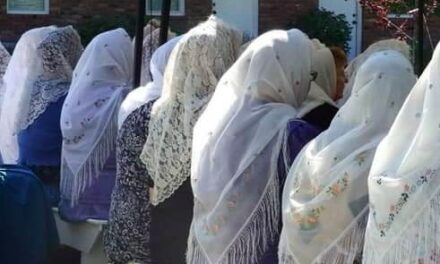
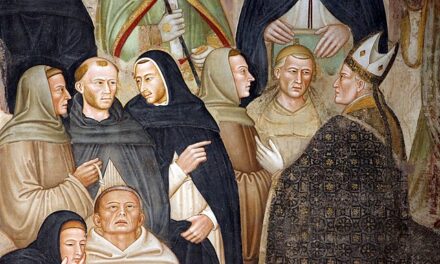

Paul Kimmerling is a great photographer and a gracious person.